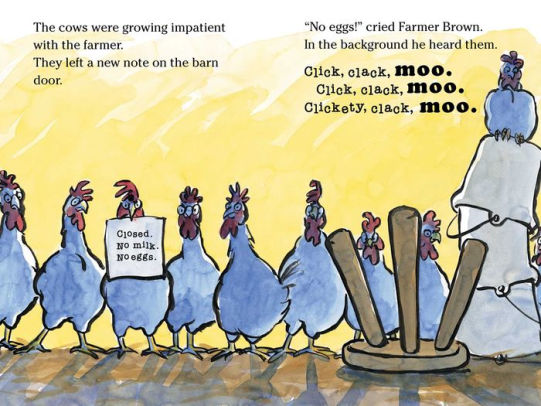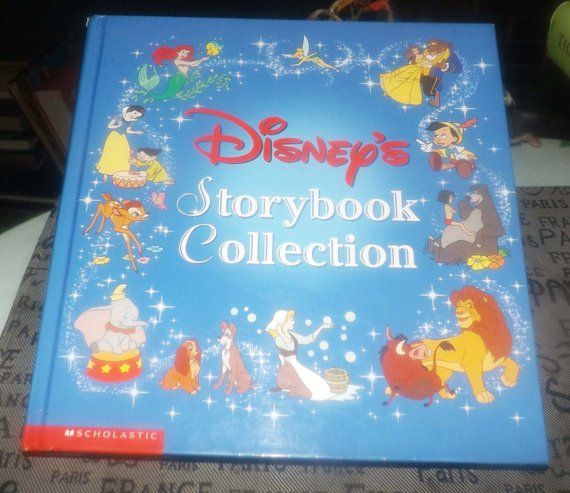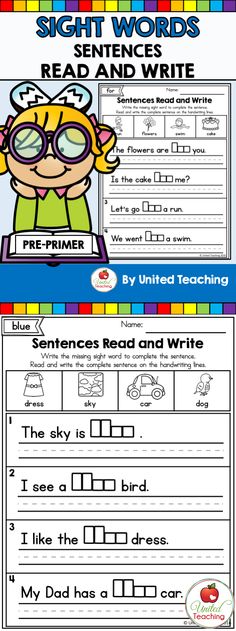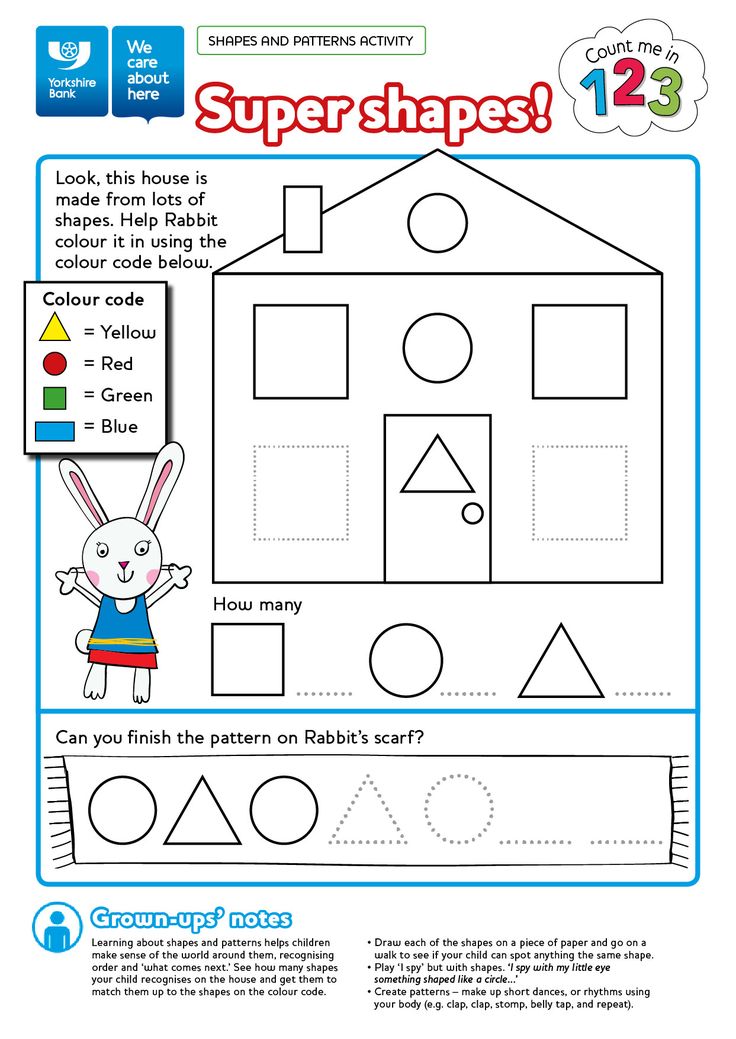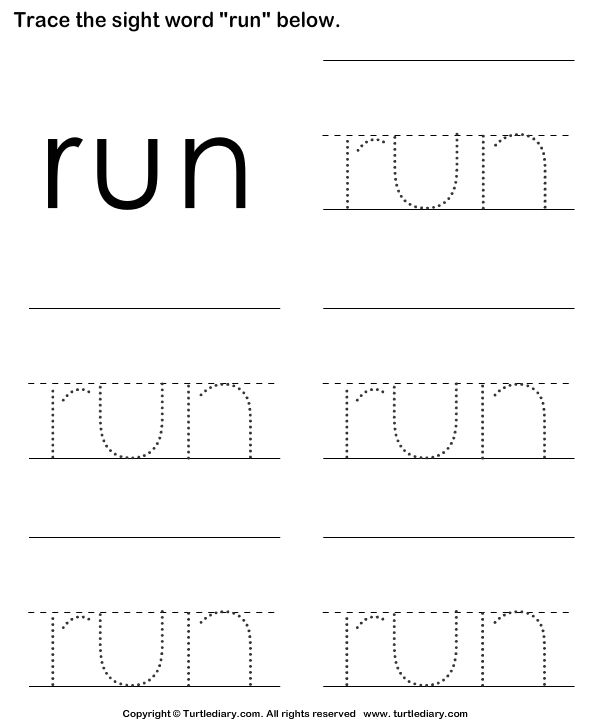Cows that type
Click, Clack, Moo: Cows That Type
We have updated our Privacy Policy Please take a moment to review it. By continuing to use this site, you agree to the terms of our updated Privacy Policy.
"Farmer Brown has a problem.
His cows love to type.
All day long he hears
Click, clack, moo.
Click, clack, moo.
Clickety, clack, moo."
Have you ever read a more absurd and hilarious first page of a picture book? The black-lined double-page watercolors of the big-nosed, white-bearded, straw-hatted, red-bandanna and denim-overalled Farmer Brown and his black and white, pink-nosed, smiling cows with their old-fashioned typewriter, not to mention 10 chickens and Duck, won Betsy Lewin her first Caldecott Honor, and no wonder. The paintings look so goofy and slapdash, but they're the height of bovine nirvana.
Farmer Brown can't believe his ears and his eyes when his cows post on the barn door a typed demand for electric blankets. "Cows that type? Impossible!" The farmer refuses to accede, so the cows go on strike. Their new note reads, "Sorry. We're closed. No milk today." Pretty soon, the demands escalate, with the chickens wanting electric blankets, too. They withhold their eggs. Farmer Brown is furious. "How can I run my farm with no milk and no eggs?" The frustrated old guy gets out his own typewriter and demands milk and eggs. Duck, a neutral party, brings the ultimatum to the cows, who hold an emergency meeting in the barn. Here is one of my favorite sentences ever: "All the animals gathered around the barn to snoop, but none of them could understand Moo." Cows and farmer hammer out a compromise. The cows will send Duck over with their typewriter in exchange for electric blankets. Farmer Brown agrees to it. Duck, of course, has a whole other plan.
For those of you adults who have ever been involved with any kind of job action at work, this book gives new meaning to terms like negotiation, compromise, and strongarm tactics. Note the back flap with the unsurprising tidbit that Doreen Cronin is an attorney (and now the author of many delectable picture books, including Diary of a Worm), who collects antique typewriters. Note, too, that your techno-hyped children may not know just what a typewriter is, so if you have one lurking in your barn, bring it out to demonstrate the click and the clack of the keys. Or just use the updated version, a computer keyboard. Don't be surprised if they start writing persuasive letters demanding more allowance, candy, and better vacations.
Note the back flap with the unsurprising tidbit that Doreen Cronin is an attorney (and now the author of many delectable picture books, including Diary of a Worm), who collects antique typewriters. Note, too, that your techno-hyped children may not know just what a typewriter is, so if you have one lurking in your barn, bring it out to demonstrate the click and the clack of the keys. Or just use the updated version, a computer keyboard. Don't be surprised if they start writing persuasive letters demanding more allowance, candy, and better vacations.
Themes : ANIMALS. CHICKENS. COWS. DUCKS. HUMOR.
CRITICS HAVE SAID
- Cronin humorously turns the tables on conventional barnyard dynamics; Lewin’s bold, loose-lined watercolors set a light and easygoing mood that matches Farmer Brown’s very funny predicament. Kids and underdogs everywhere will cheer for the clever critters that calmly and politely stand up for their rights, while their human caretaker becomes more and more unglued.

–Publishers Weekly
IF YOU LOVE THIS BOOK, THEN TRY:
- Babcock, Chris. No Moon, No Milk. Crown, 1993.
- Becker, Suzy. Manny’s Cows: The Niagara Falls Tale. HarperCollins, 2006.
- Choldenko, Gennifer. Moonstruck: The True Story of the Cow Who Jumped Over the Moon. Hyperion, 1997.
- Cronin, Doreen. Diary of a Worm. HarperCollins, 2003. (And others in the Diary series.)
- Cronin, Doreen. Dooby Dooby Moo. Simon & Schuster, 2006.
- Cronin, Doreen. Duck for President. Simon & Schuster, 2004.
- Cronin, Doreen. Giggle, Giggle, Quack. Simon & Schuster, 2002.
- Cronin, Doreen. Thump, Quack, Moo: A Whacky Adventure. Simon & Schuster, 2008.
- Cronin, Doreen. Wiggle. Atheneum, 2005.
- Demuth, Patricia Brennan. The Ornery Morning. Dutton, 1991.
- Doyle, Malachy. Cow. McElderry, 2002.
- Egan, Tim.
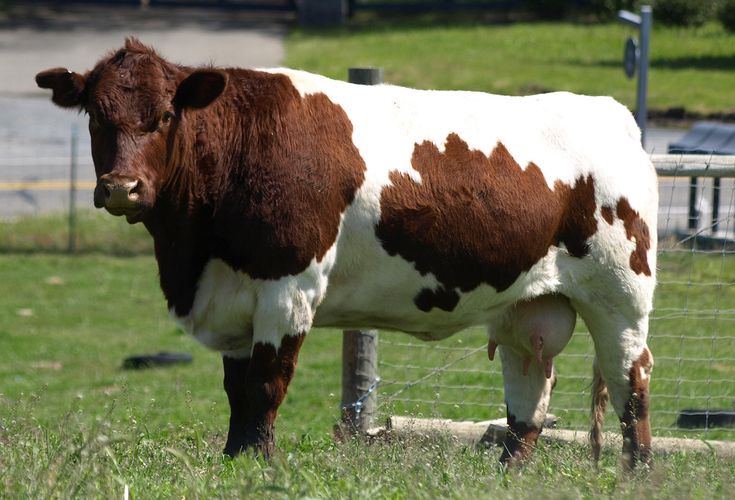 Metropolitan Cow. Houghton Mifflin, 1996.
Metropolitan Cow. Houghton Mifflin, 1996. - Egan, Tim. Serious Farm. Houghton Mifflin, 2003.
- Feiffer, Jules. Bark, George. HarperCollins, 1999.
- Himmelman, John. Chickens to the Rescue. Henry Holt, 2006.
- Johnson, Paul Brett. The Cow Who Wouldn’t Come Down. Orchard, 1993.
- Kirby, David, and Allen Woodman. The Cows Are Going to Paris. Caroline House, 1991.
- Krosoczka, Jarrett J. Punk Farm. Knopf, 2005.
- Palatini, Margie. Moo Who? HarperCollins, 2004.
- Rostoker-Gruber, Karen. Rooster Can’t Can’t Cock-a-Doodle-Doo. Dial, 2004.
- Shannon, David. Duck on a Bike. Scholastic, 2002.
- Speed, Toby. Two Cool Cows. Putnam, 1995.
- Vail, Rachel. Over the Moon. Orchard, 1998.
- Waddell, Martin. Farmer Duck. Candlewick, 1992.
- Willems, Mo. Don’t Let the Pigeon Drive the Bus! Hyperion, 2003.
Click, Clack, Moo: Cows That Type Book Review
Skip to main contentBook review by Regan McMahon, Common Sense Media
Common Sense says
age 4+
Farm animals go on strike in funny, award-winning book.
Doreen Cronin Picture Book 2000
Rate book
Common Sense is a nonprofit organization. Your purchase helps us remain independent and ad-free.
Rate book
Did we miss something on diversity?
Research shows a connection between kids' healthy self-esteem and positive portrayals in media. That's why we've added a new "Diverse Representations" section to our reviews that will be rolling out on an ongoing basis. You can help us help kids by suggesting a diversity update.
What Parents Need to Know
Parents need to know that Click, Clack, Moo: Cows That Type is a Caldecott Honor Book that spawned numerous sequels featuring the independent-thinking barnyard animals on Farmer Brown's farm, including Dooby Dooby Moo and Duck for President. Its irreverent humor's timeless, even though today's kids may be unfamiliar with typewriter technology! Parents may need to explain the concept of going on strike, but even preschoolers know about standing up to authority and refusing to do what's expected of them. They may even learn a bit about the art of negotiation and getting what you want through give and take rather than fights and tantrums.
Community Reviews
grandmareader Adult
December 3, 2018
age 4+
One of my favorite children's books!
This is a funny and clever book about animals typing up their requests for the farmer, but on another level it is about going on strike, selecting someone to represent you, stating your grievances, and changing working conditions.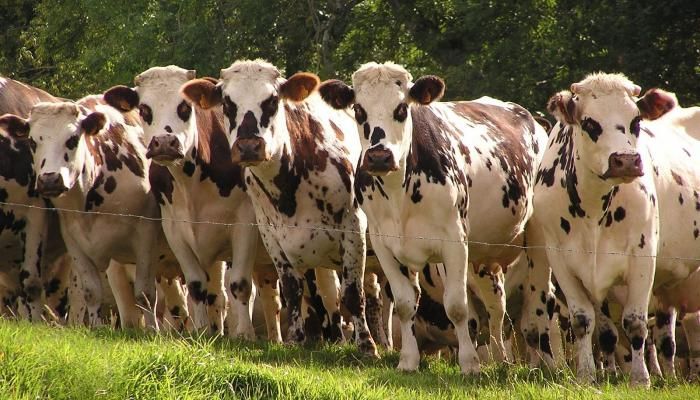 In other words, even an older audience would enjoy this smart book.
In other words, even an older audience would enjoy this smart book.
What's the Story?
The animals on Farmer Brown's farm find a typewriter and the Cows type a request: \"Dear Farmer Brown, The barn is very cold at night. We'd like dome electric blankets. Sincerely, the Cows.\" The farmer types a note in response -- \"No way\" -- and tacks it on the barn door. So the animals go on strike: The Cows refuse to give milk and the Hens refuse to give eggs. A few notes go back and forth, then Duck finally offers to trade the typewriter for electric blankets and the strike's over. But then Duck demands a diving board for the pond.
Is It Any Good?
CLICK, CLACK, MOO: COWS THAT TYPE is funny, clever, offbeat, silly and all around delightful. Kids will enjoy seeing those who are bossed around stand up for themselves and resist. And they'll also get a lesson in how to negotiate and get your way without throwing a tantrum. This modern classic inspired the sequels Giggle, Giggle, Quack; Dooby Dooby Moo; Thump, Quack, Moo; the Halloween-themed Click, Clack, Boo!: A Tricky Treat, and Duck for President.
Talk to Your Kids About ...
Families can talk about what it means to go on strike. What demands might be on your list, and what might you trade to get your way?
Have you read any of the other books in this series featuring the Cows, Duck, and Farmer Brown? How does this one compare?
What's funny about cows using a typewriter? Have you ever seen one or used one? How's a typewriter different from a computer?
Book Details
- Author: Doreen Cronin
- Illustrator: Betsy Lewin
- Genre: Picture Book
- Topics: Horses and Farm Animals
- Book type: Fiction
- Publisher: Little Simon
- Publication date: February 1, 2000
- Publisher's recommended age(s): 3 - 8
- Number of pages: 32
- Available on: Paperback, Nook, Audiobook (unabridged), Hardback, iBooks, Kindle
- Award: Caldecott Medal and Honors
- Last updated: December 14, 2018
Our Editors Recommend
-
Goldilocks and the Three Dinosaurs: As Retold by Mo Willems
Silly dino twist on Goldilocks tale is roaring good fun.

age 3+
-
I Want My Hat Back
Silly theft story ultimately shows bear is the boss.
age 4+
-
Dragons Love Tacos
Taco party has fiery consequences in funny dragon tale.
age 4+
For kids who love picture books and animal stories
- Picture Books
- Children's Books About Animals
- See all recommended book lists
Themes & Topics
Browse titles with similar subject matter.
Common Sense Media's unbiased ratings are created by expert reviewers and aren't influenced by the product's creators or by any of our funders, affiliates, or partners.
See how we rate
Keeping and caring for cattle
02/16/2021
Blog
Cattle breeding is beneficial not only for large farms, but also for small farms. One well-groomed cow daily gives up to 20 liters of milk in summer and about 12 liters of milk in winter. This amount completely covers the dairy needs of any Russian family. Even wealthy Russians are increasingly starting mini-farms with hired labor to provide their families with natural milk, butter, sour cream, cottage cheese and meat all year round. However, in return for their usefulness, farm animals require special attention, as well as knowledge of the rules for their maintenance. Cattle (cattle) have higher care requirements than pigs or poultry.
One well-groomed cow daily gives up to 20 liters of milk in summer and about 12 liters of milk in winter. This amount completely covers the dairy needs of any Russian family. Even wealthy Russians are increasingly starting mini-farms with hired labor to provide their families with natural milk, butter, sour cream, cottage cheese and meat all year round. However, in return for their usefulness, farm animals require special attention, as well as knowledge of the rules for their maintenance. Cattle (cattle) have higher care requirements than pigs or poultry.
Feeding cattle
Cows, calves and bulls consume a large amount of feed per day. Such volumes often frighten inexperienced farmers, and they refuse to breed cattle. In fact, each dairy cow more than pays for its maintenance, even if its natural milk is sold at prices below store surrogates. After all, the milking period after calving lasts almost 300 days. However, during milk production (lactation), a healthy diet for an adult weighing 500 kg has the following daily allowance:
- Wet grass (haylage) -20 kg.
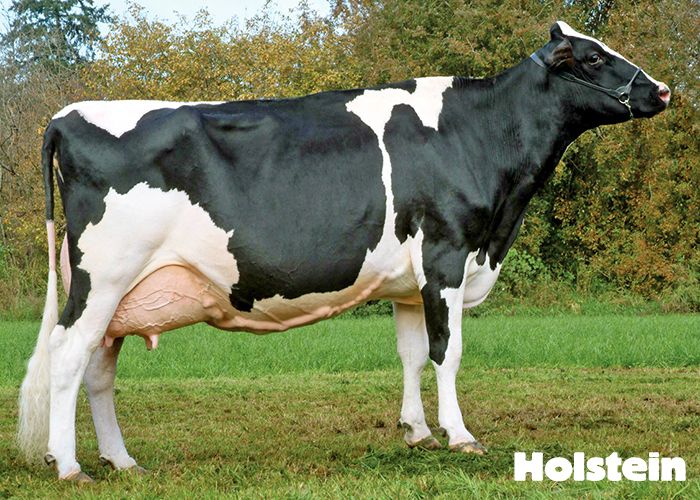
- Dry hay - 2 kg.
- Chopped vegetables (fodder beets, carrots, potatoes) - 5 kg.
- Feed concentrate (crushed grains of wheat, oats, barley) - 5 kg.
- Edible salt - 3 tablespoons (60 grams).
- Chalk or mineral additives - up to 50 gr. (calves up to 1 year) and up to 100 gr. (adults).
Divide the daily ration into 2-3 feedings. Moreover, the time of eating should be strictly fixed. Cows don't care if they are fed for the first time, at 6 am or 1 pm. They will adjust their biological clock to any schedule. But the violation of this schedule can adversely affect the health of the animal. Not having received food at the right time, the cow's stomach will receive an unpleasant load from pre-selected enzymes and juice.
Constant failure of the feeding rhythm guarantees the appearance of a number of cow diseases.
It is also worth adding that one cow drinks about 30 liters of water during each feeding. Moreover, the water should not be dirty or musty.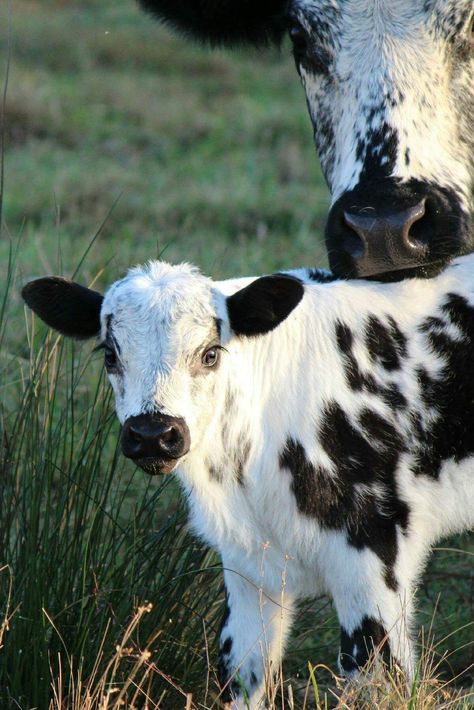 The animal in this regard is extremely picky. Out of hopelessness, the cow will certainly drink the unrefined slurry, but she will respond to this with a deterioration in her health and a decrease in milk yield.
The animal in this regard is extremely picky. Out of hopelessness, the cow will certainly drink the unrefined slurry, but she will respond to this with a deterioration in her health and a decrease in milk yield.
Feeding cows in summer
During the summer lactation period, dairy cows independently obtain grass fodder on pasture. But even in this low-cost season, dry hay, crushed vegetables, fruits and concentrate must be kept in the feeder at all times. Animals cannot always get the right food on the pasture. For example, eating only wet grass (without dry hay) by a cow causes serious problems with her digestion. And the lack of a balanced diet worsens the overall health of the animal.
Winter feeding
During the cold season, cows, calves and bulls are kept directly in the barn. For feeding in a specially designated place, a long feeder-trough for cattle is equipped. A container with water is placed nearby. Farmers call a trough a "crèche" and care must be taken at all times to ensure that the feed in the crèche is not too cold.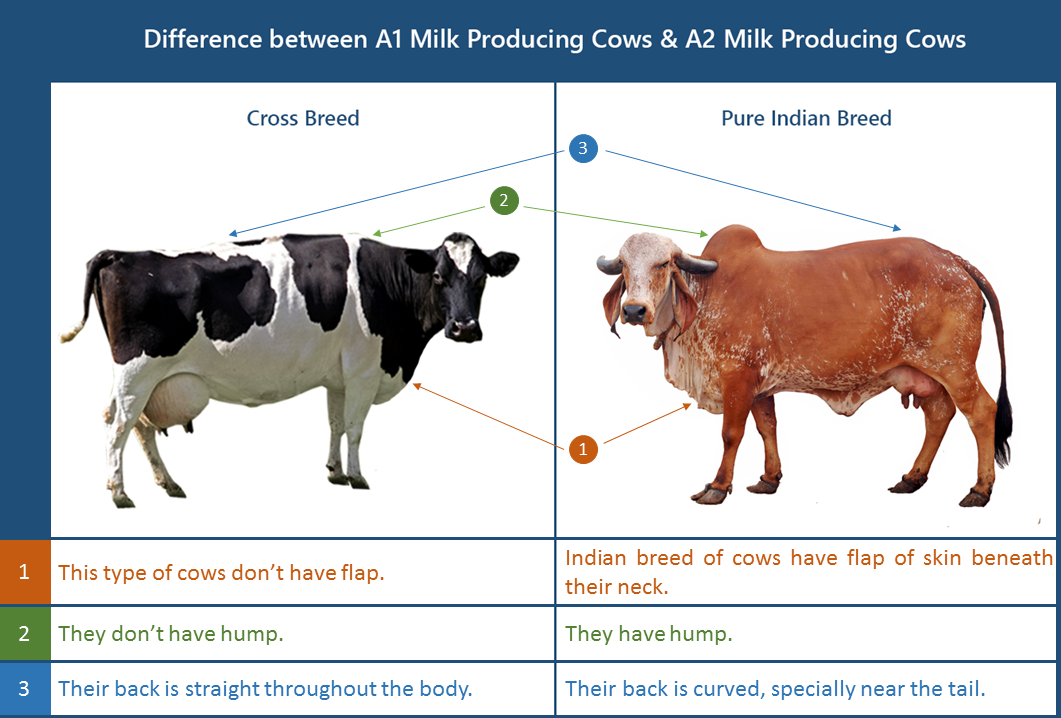 A similar mistake is often made when stocks of hay and feed are taken from unheated barns. A portion of feed before laying in a nursery should stand for several hours in a warm barn. The same rule applies to drinking water for animals. The temperature of food and water for cattle should not be below 10 °C.
A similar mistake is often made when stocks of hay and feed are taken from unheated barns. A portion of feed before laying in a nursery should stand for several hours in a warm barn. The same rule applies to drinking water for animals. The temperature of food and water for cattle should not be below 10 °C.
Setting up a barn
The optimum temperature for keeping livestock in a barn should be between 8°C and 22°C. Cows love a temperate microclimate and cannot stand prolonged heat, frost and dampness. Also important for livestock is the influx of fresh air and the cleanliness of their stalls. Based on this, the correct design of the barn implies the use of heat-insulating materials, as well as the presence of a heating system and effective ventilation methods. In order to avoid freezing of hooves in winter, the floor surface of the barn is built from thick boards and sprinkled on top with a good layer of straw. The very plane of the floor of the barn is set at a slight slope with grooves and grooves for urine to drain. Gutters are often connected to the receivers of biogas stations, which, due to cow waste products, are able to generate heat, gas, and even electricity.
Gutters are often connected to the receivers of biogas stations, which, due to cow waste products, are able to generate heat, gas, and even electricity.
Removal of manure from the barn
Effective mechanization of manure removal in barns with tethered livestock - scraper chain conveyors JOZ, BEEREPOOT, GEA and others. Manure scraper conveyors are designed for cleaning bedding manure from livestock buildings with simultaneous loading into vehicles.
Rules for walking and grazing
Getting a cow into an unfamiliar environment is always stressful for the animal. It instinctively seeks to escape from unusual conditions. Until the cow adapts to the new herd and to the owner, you should not take it off the leash and let it out of the barn. When the fearfulness passes and the behavior of the animal becomes calm, you can begin to take it out for short walks. In this case, it is imperative to use a collar for cattle and a special leash (slings). In case of disobedience, a novice cow should never be beaten or punished. The owner should force the animal to his will only after the cow gets used to the new place and the cow gains confidence in the one who feeds it.
In case of disobedience, a novice cow should never be beaten or punished. The owner should force the animal to his will only after the cow gets used to the new place and the cow gains confidence in the one who feeds it.
Young cow grazing
The young cow also needs to be accustomed to pasture gradually. In young animals raised in a stall with their mother, the herd instinct is weak. A young animal, getting into an open space, is lost, and, not seeing its mother, can rush to search for her away from the herd. The time of controlled grazing of young animals must be increased from 2 am to 3 pm in a week. When the animal gets used to collective grazing, it can already be released without a leash. In the presence of large groups of young animals, shepherds often tie them with slings to each other. This brings certain inconveniences (lines can get tangled), but sometimes this is the only way to keep track of shy young animals.
Seasonal grazing
In summer, in sunny weather, cattle on pastures often huddle in dense herds. This is due to the fact that cows do not like the scorching sun and try to use side shadows from other cows for cooling. Therefore, in cloudless weather, cattle must be led away under the crowns of trees or other shaded places from time to time.
This is due to the fact that cows do not like the scorching sun and try to use side shadows from other cows for cooling. Therefore, in cloudless weather, cattle must be led away under the crowns of trees or other shaded places from time to time.
During the winter, the cattle regulations require that once a day the young animals be taken out of the barn for short walks. But at the same time, it should be borne in mind that fresh winter air is useful for cows only if the temperature outside is not lower than 15 degrees, there is no strong wind, and it is raining or snowing.
A cow in the pasture consumes a lot of feed and drink. Therefore, there should always be a reservoir or water source (well, river, lever tap) near the grazing site. At the same time, animals should not be encouraged to drink from polluted reservoirs or puddles. It is also necessary to monitor the temperature of the water consumed. Cold water from mountain rivers can seriously undermine the health of cattle. Experienced shepherds always take large buckets with them for grazing. In them they defend water from reservoirs before giving it to grazing animals. If there are no sources of water near the free pasture, then it is necessary to organize its delivery, at the rate of at least 80 liters per adult.
Experienced shepherds always take large buckets with them for grazing. In them they defend water from reservoirs before giving it to grazing animals. If there are no sources of water near the free pasture, then it is necessary to organize its delivery, at the rate of at least 80 liters per adult.
Hygiene and cleaning
Cattle are not able to clean themselves like cats or dogs, but cows also love cleanliness. These animals need to be washed every day with a bucket, lukewarm water and a soft cloth. The greatest attention should be paid to the cleanliness of the udder and the space around it. Dirt and dust getting into a bucket of milk can spoil all milk yield. When using automatic milking machines, teat cups must not be kept on the udder for more than two hours. Otherwise, the cow is guaranteed mastitis or similar diseases.
If properly maintained, it is unacceptable to carry out any hygiene procedures with the animal during its meal. In winter, the water for washing should be warmer, and the barn should be warmed up before the procedure.
In winter, the water for washing should be warmer, and the barn should be warmed up before the procedure.
Often the care is carried out by washing the cattle with cold water from a hose. And then they wonder how the animal was able to chill the udder in the July heat. The same error occurs when the herd is constantly bathed in a cold river. It must be remembered that a cow is not a hippopotamus, and the reservoir is not its natural habitat. Long stay in water is always fraught with disease of the animal.
The skin, skin and hooves of cattle also need care. For high-quality cleaning of the body of a cow, livestock breeders use hand-held vacuum cleaners, brushes and scrapers. Hoof cleaning is carried out on special devices that fix the animal's leg. The growths on the hooves are cut off with special tongs or a knife.
Legs and skin must be cleaned at least one hour before feeding or milking. After such procedures, the animal needs time to move away from stress.
We offer to buy AGRICOW cow combs for installation in the passage of cows and calves.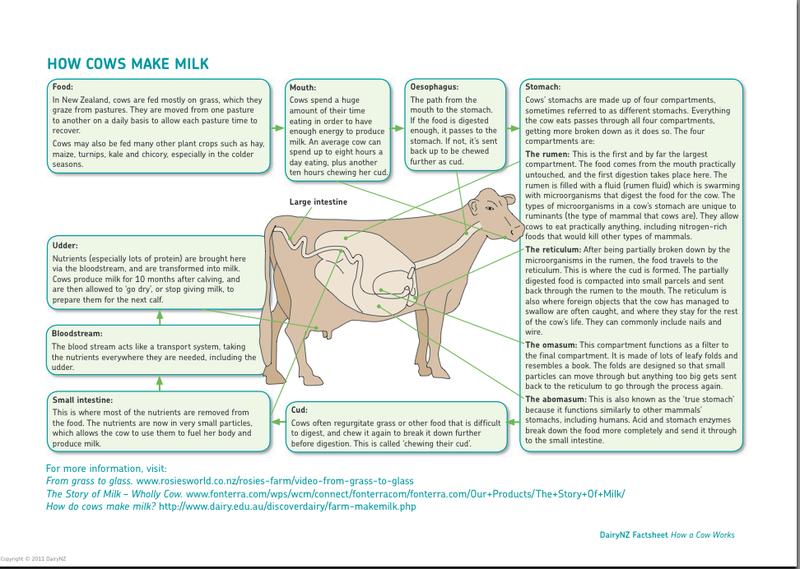 Clean wool and healthy skin are one of the conditions for a comfortable cow condition and milking hygiene. If the cow is not combed, it is constantly tormented by parasites. Due to such discomfort, the animals begin to rub against each other and against various objects, lick each other, butt heads, which leads to anxiety of the entire herd and their chaotic movement. The combing brush is attached at the height of the back of a medium-sized cow. The correct design allows the device to withstand the powerful pressure exerted on it by the animal.
Clean wool and healthy skin are one of the conditions for a comfortable cow condition and milking hygiene. If the cow is not combed, it is constantly tormented by parasites. Due to such discomfort, the animals begin to rub against each other and against various objects, lick each other, butt heads, which leads to anxiety of the entire herd and their chaotic movement. The combing brush is attached at the height of the back of a medium-sized cow. The correct design allows the device to withstand the powerful pressure exerted on it by the animal.
Calving
During delivery, breeders often have to help pull the calf out of its mother. If the calf spends more than two hours in the "stuck" position, then the mother begins to develop dangerous inflammation on the body.
After delivery and separation of the placenta, the animal must be relieved of stress for at least half an hour, and during this time it must not be fed or bathed.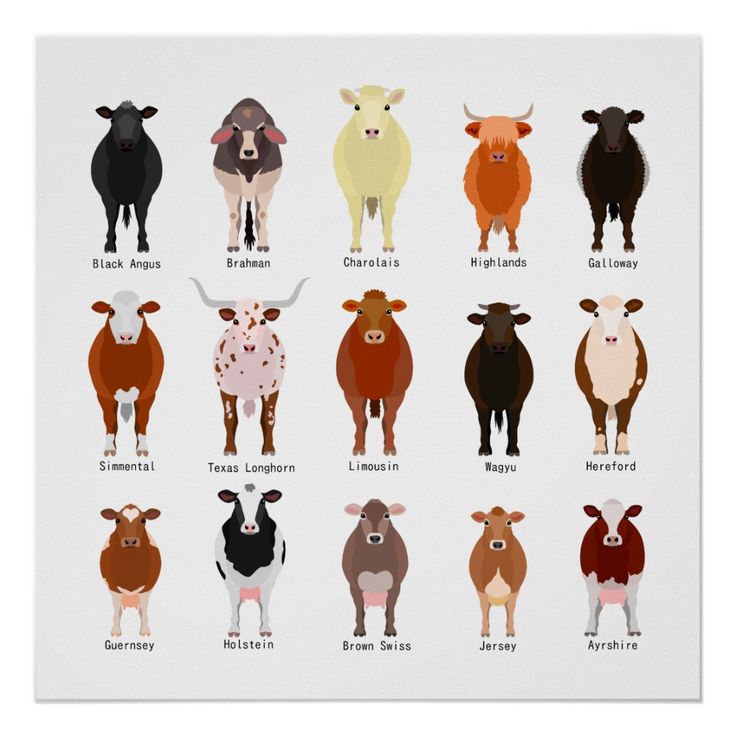 During such a respite, it is imperative to let the cow lick her cub. After resting, a bucket (or trough) with warm, purified water, a stack of high-quality (dry) hay and, separately, fodder are placed in front of the cow. You can’t force a cow to drink and eat by force, she herself must decide when she needs it. Half an hour after eating, it is necessary to make the first milking, and then offer the cow silage and root crops. The milking procedure will have to be repeated every three hours. This rhythm is maintained for a week. Neglecting the regimen of the first week threatens to reduce milk yields in the future. The procedure forces the cow's body to produce more milk than just to feed the calf.
During such a respite, it is imperative to let the cow lick her cub. After resting, a bucket (or trough) with warm, purified water, a stack of high-quality (dry) hay and, separately, fodder are placed in front of the cow. You can’t force a cow to drink and eat by force, she herself must decide when she needs it. Half an hour after eating, it is necessary to make the first milking, and then offer the cow silage and root crops. The milking procedure will have to be repeated every three hours. This rhythm is maintained for a week. Neglecting the regimen of the first week threatens to reduce milk yields in the future. The procedure forces the cow's body to produce more milk than just to feed the calf.
Calf care
The thickest and healthiest milk (colostrum) in a cow is produced immediately after calving. The calf will eat it for up to ten days. If it is not possible to feed him with native colostrum (udder inflammation, death during childbirth), then the calf is fed with a substitute mixture. The composition of one charge of the artificial mixture includes a liter of milk, 100 grams of salt, 15 grams of fish oil and 4 raw chicken eggs. After the end of the "colostrum" feeding period, the calf is allowed to taste plant foods for the first time. Livestock breeders recommend offering the calf a small portion (150g) of semolina and oatmeal jelly at the first bait. If the calf takes food, then in two months the consumption rate is increased to 2-3 kg of semolina-oatmeal mixture.
The composition of one charge of the artificial mixture includes a liter of milk, 100 grams of salt, 15 grams of fish oil and 4 raw chicken eggs. After the end of the "colostrum" feeding period, the calf is allowed to taste plant foods for the first time. Livestock breeders recommend offering the calf a small portion (150g) of semolina and oatmeal jelly at the first bait. If the calf takes food, then in two months the consumption rate is increased to 2-3 kg of semolina-oatmeal mixture.
The immune system of a newly born calf is weak and therefore it is necessary to protect it from cold, heat, drafts and contact with non-sterile surfaces. In nature, the birth fluids of a wild cow disinfect the chosen place of birth. Domesticated animals require artificial maintenance of postpartum sterility in the stall.
Tips for keeping cattle
For the care of cattle, livestock experts, together with veterinarians, have developed a set of the following recommendations:
- Chalk and mineral additives must be added to the chopped vegetation and placed separately from the main feeder.
 Animals will decide when their body needs more calcium and minerals.
Animals will decide when their body needs more calcium and minerals. - Do not neglect cattle vaccination and veterinary examinations.
- All norms for the amount of food and the composition of food are approximate and conditional. Each individual can have its own preferences in the diet, which significantly increases its well-being and milk production.
- The stereotype of the time of three times milking (6 am, 1 pm, 9 pm) has developed due to the old way of village life. You can safely offer your dairy herd your schedule, but you will have to strictly follow it.
- A pregnant cow should be accustomed to milking before giving birth with a short daily massage of the udder and teats.
- Before milking, the udder is washed and dried with a clean towel.
- Fresh and filtered milk must be immediately placed in the cold store. The refrigerator should be regularly sterilized (washed out) from the inside. The souring of milk is affected not only by temperature, but also by the number of bacteria in the environment.
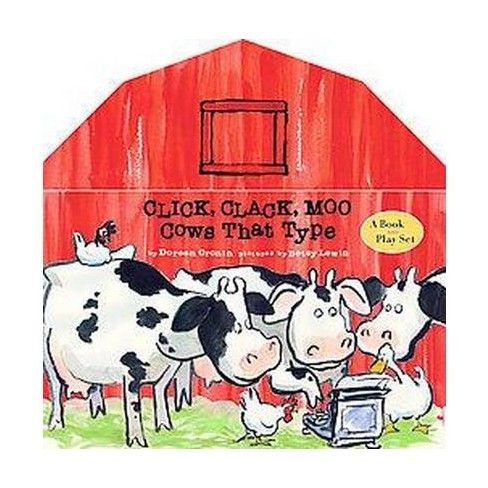
- The cow leash must be loose and long. The neck of an animal on a leash must be tied.
- During the dairy-free period of the cow's dead wood, it is not recommended to weaken care for the animal and save on its feeding. Undermined health will respond with low productivity during lactation.
A cow is a very useful animal in the household, but each individual requires individual care and does not accept "conveyor" appeal to itself. Competent care and careful handling of the animal will more than pay off with large milk yields and high quality products.

 This proves that a new type of supernova, discovered relatively recently, can appear as a result of the impact of a black hole or a neutron star.
This proves that a new type of supernova, discovered relatively recently, can appear as a result of the impact of a black hole or a neutron star.  The brightest cow-type supernova was discovered in July 2020 and named AT2020mrf. It was only the fifth supernova of its type discovered since 2018, and the first to be recorded in X-rays rather than in the visible spectrum.
The brightest cow-type supernova was discovered in July 2020 and named AT2020mrf. It was only the fifth supernova of its type discovered since 2018, and the first to be recorded in X-rays rather than in the visible spectrum. 